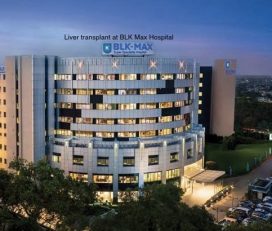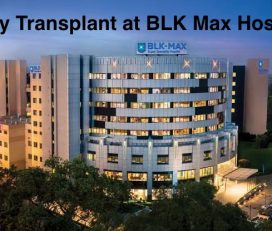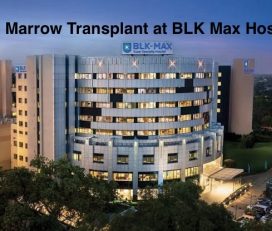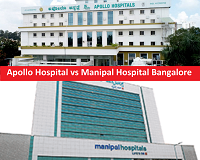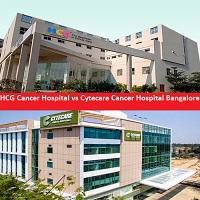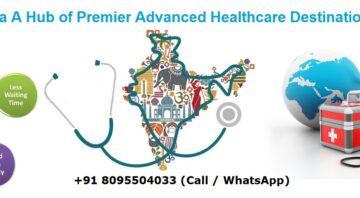
Arteriovenous Malformation (AVM) Surgery in Turkey
A brain arteriovenous malformation (AVM) is a tangle of abnormal blood vessels in the brain which connect arteries and veins.
It is the arteries that carry oxygen-rich blood from the heart to the brain. Veins bring the blood drained by oxygen back into the lungs and heart. An AVM in the brain inhibits this important cycle.
Treatment options for AVMs,
The easiest way to prevent severe complications is to handle AVM at the earliest possible opportunity. AVMs often need treatment combinations including surgery, embolization, and radiation.
Surgery: Surgical resection of the intertwined blood vessels is performed. Once enter the brain, the surgeon uses a technique called a craniotomy, through which a small opening occurs in the skull.
Embolization: Embolization involves injecting a form of glue through a very thin tube called a catheter into the AVM. This blocks blood flow into the AVM, which can help minimize blood loss during surgery, as well as slow blood flow that can reduce the risk of bleeding if open surgery is not carried out immediately.
Radiosurgery: Rays of highly energized photons (light particles) are aimed at the AVM during radiation treatment using a device called a Gamma Knife. This causes the AVM to shrink and scar over time, closing down abnormal blood vessels so that blood no longer flows through them, reducing the risk of bleeding, and perhaps also making the AVM easier to treat with open surgical techniques.











